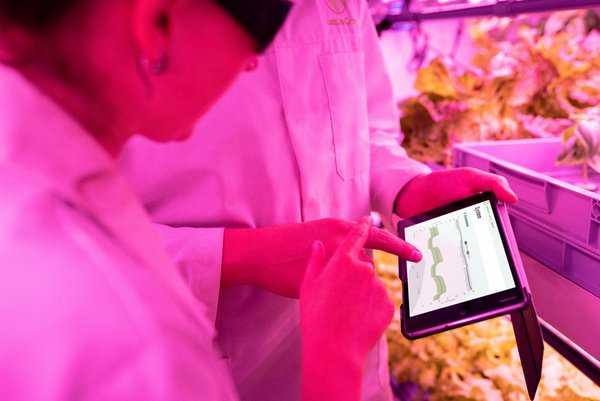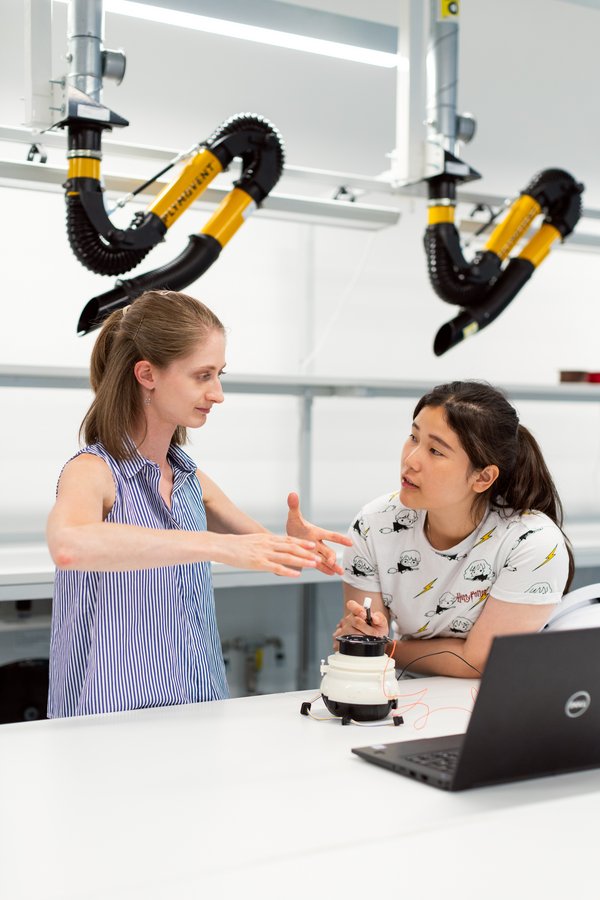EU Framework Program Horizon Europe
»Equality« as a funding criterion for EU applications
Even small differences in research design can significantly change results.
Appropriate inclusion of gender aspects therefore leads to both a higher quality of research and a greater relevance of the results.
The European Commission has also recognized gender equality as a cross-sectional issue that extends across all areas and is seen as an element of scientific excellence. The new EU framework program "Horizon Europe" therefore explicitly includes the integration of gender aspects as a further funding criterion.
Constructive consideration of the dimension of gender thus becomes another key to successful funding applications. Applicants are therefore strongly advised to familiarize themselves with the European Commission's framework program. The following short fact sheets are helpful for this purpose:
Click here for the entire programm as well as the full publication.
In concrete terms, Horizon Europe means that applications for EU research funds must also meet gender-related requirements - and that these are included in the review process:
- Gender Opportunity Plan:
Participating institutions need a gender equality plan
- Gender Balance:
Balanced teams as a ranking criterion
- Gender Dimension:
Appropriate consideration of gender-related aspects in research/innovation as an evaluation element.
TROPOS already has an actual gender opportunity plan.
The integration of the gender dimension into research and innovation content, on the other hand, needs to be considered from different perspectives.
For example, the relevance of gender aspects in relation to
- how the formulation of the research questions is influenced by the gender of the applicant
- what aspects of gender are part of the research topic,
- how the proposed research methodology allows for the uncovering and/or integration of
gender aspects, - how the research findings themselves reflect gender, and
- how these aspects are taken into account in the dissemination of the research findings.
It is important to consider both various physical characteristics (e.g., body size, hormonal effects, etc.) of people and societally effective socio-cultural norms (e.g., role stereotypes).
Even if no gender-related aspects (such as biological characteristics or socio-cultural norms) actually play a role, this must be explained in a comprehensible way.
Other funding institutions, such as the DFG, now also require that gender and diversity be considered in project proposals. On its website, the DFG offers discipline-specific informatio and a checklist for proposals.
Sample questions to which your own proposal should be examined:
Are there gender-related differences
- in the behavior/physical characteristics of test subjects/experimental animals?
- in the use of the innovation?
- regarding the relevance of the research results?
Dr. Sabine Preusse, geophysicist and consultant, kindly provides TROPOS with the following questionnaire, which can be used to analyze the own project with regard to gender aspects.
More detailed information on Horizon Europe can be found in particular at the german EU Office - which also serves as a contact point for female scientists on EU research funding.
The European Commission's gender equality strategy can be found here.
The equal opportunities representatives at TROPOS will also be happy to help with any questions.
All in all, it is important to recognize and use the potential and responsibility of gender-reflective research.
The current ARD documentation "HERstory" (german) vividly illustrates the serious effects that can occur if, for example, women are not adequately considered in medical or automotive development.


